By Clive Stacey
Founder of Discover the World

Since Discover the World was founded, nearly four decades ago, the world has probably changed, more than at any time in human history. Some of these changes are causing profound stress in the environment of our planet and in turn to our own lives. I am no scientist, but I have had an interest in sustainability for most of my adult life. I care deeply about what can be done to protect and preserve our planet for future generations. But I found the Climate Change debate complex, often confusing and in some cases the solutions put forward simply did not make sense.
All the evidence suggests that the earth is experiencing severe stress, mostly due to human activity. But what can be done to stop the devastation of our planet and then repair at least some of the damage?
Over the past year or so I have done a lot of research into many of the strategies being used or planned to fight climate change. This document is a summary of my findings. The contents have been fact-checked by a number of scientists and experts. I have tried to present material in a clear and unbiased way, but of course the conclusions do represent my own views, even if some of them – such as the importance of nuclear energy – are held by many who are close to the debate.
“We must be mindful of the tremendous benefit travel provides to the well being of the human race. Travel broadens the mind, refreshes the spirit and at in its purest form brings the best out in all of us. It has also brought millions out of poverty across the planet and countless friendships have been struck up across borders”.
“Scientific evidence for warming of the climate system is unequivocal”.
What you see below is the result of one of the most interesting journeys I have ever taken, which is ironic since it was completed during the pandemic when travelling abroad was largely impossible. My aim here is not to preach but to provide readers, in simple language, with an insight into some of the main issues surrounding the Climate Change debate. I also wanted to put into perspective some of the solutions being offered, and present a way forward that might enable us all to feel more comfortable with continuing with what to me is a basic human right: the ability to travel, explore and enjoy the magic of the world around us.
There is, of course, increasing pressure for commercial enterprises of all shapes and sizes to show their green credentials and assure their customers that they are keen to do their bit. This raises distinct issues in the travel industry, because a great many of the journeys we offer would not be possible without the use of air travel, and of course the airline industry is the target of a great deal of criticism – sometimes fairly – from environmental groups.
The emission of excessive amounts of greenhouse gases is without doubt a very serious problem, which needs to be clearly understood with measures taken on a global scale to decrease emissions. What is obvious, however, is that there is no clear general understanding of the ‘whats’, ‘wheres’ and ‘hows’– and, worse still, there is an enormous amount of action taking place to limit Climate Change that will have little or no effect on reducing emissions.
Bill Gates points out in his recent book ‘How to Avoid a Climate Disaster’ that greenhouses gases, and in particular carbon dioxide, once emitted will stay in our atmosphere for up 10,000 years. He goes on to say that a useful analogy would be to compare the earth’s atmosphere to a bathtub and the emissions we make are like the water flowing into the bath. Whether we have the tap on full flow or just trickling, eventually the bath will overflow – it’s just a matter of time.
There is no single solution to the highly complex climate change problem, but it is clear that a global strategy for nations to work together must be agreed. It’s largely pointless for one area of the world, such as Europe, to become carbon neutral if enormous swathes of the rest of the planet just go through the motions, or worse still accelerate the problem.
If the correct options are chosen the new cleaner ways of producing energy could be far cheaper and more efficient than the old carbon-based ones we would leave behind. This, with the adoption of other environmentally friendly measures will have a positive impact on people all over the world. But we need to subsidise the early stages of this process rather than charging more for ‘green energy’, something that is never going to be popular or sustainable in a world where much of the population is struggling to survive.

It is important that we select methods and processes that are as much as possible carbon neutral throughout their life cycle.
Renewables are part of the answer, but we need to ensure they are suitable and fit for purpose. For example, wind and solar power are weather-dependent and only productive for around 15-30% of the time (Belton 2020). In addition, they are environmentally costly in their use of materials and decommissioning. Despite this they should still be considered part of a balanced energy system – as a back up to other less marginal power sources. We must have other forms of energy production to deal with the spikes in demand as well as in normal every day and seasonal requirements.
Carbon Capture technology (the process of taking gases out of the atmosphere and burying them in rock or underground caverns) has already been developed and is in use, but at present it is far too costly to be widely adopted.
Technology will eventually provide other new solutions, including perhaps a cost-effective way to use Carbon Capture to deal with greenhouse and other noxious gases being emitted by fossil fuel power stations, allowing some to continue to burn fossil fuels without harmful emissions.
However, most scientist agree the only credible way of producing unlimited supplies of non-carbon energy is by nuclear power. Nuclear has the ability to provide us with unlimited amounts of non-carbon electricity at an extremely low cost. And with the right safeguards, it will be by far the safest and most efficient of all the various forms of energy production.
In future, green electricity should be the conduit for just about every type of energy process. It is the most efficient means we know to transmit raw energy to its end use.
This does not mean that everything must directly run off electricity, but green electricity does need to be part of the process. It is a completely clean form of transmission and by using carbon-free processes to produce it we can ensure that products such as hydrogen-based fuels are manufactured in a carbon-free way.
But we have to be careful since not all that appears green turns out to be. For instance, electric cars produce far more emissions during the manufacturing process than petrol or diesel vehicles, which means the average saving of CO2 emissions over the lifespan of a typical electric car compared with a petrol version is at best around 20% (The Green Age). However, this is based on the assumption that electricity used to power the vehicles and their manufacture is largely based on the present energy production techniques – which are highly reliant on fossil fuels. Hopefully as the world moves more towards green energy so will electric cars become for environmentally sound.
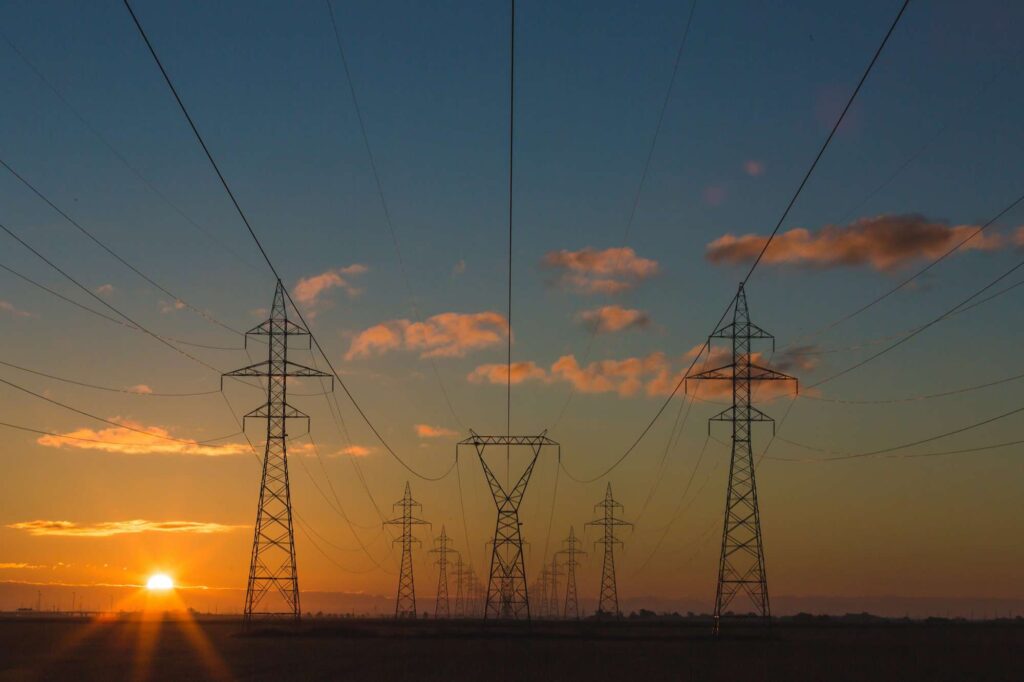

The term ‘fossil fuels’ refers to the combustion of materials such as coal, gas, oil and wood, which produces large amounts of greenhouse gases as a by-product of their manufacture or use.
As we transition towards the adoption of cleaner forms of energy, we have to accept that traditional forms of power production will still be a vital part of our everyday life. The companies that provide these power sources should not be demonised, but encouraged to clean up production methods as much as possible, while also investing in the development of new non-polluting forms of energy.
In the same way, it makes little sense to scrap existing infrastructure way before the end of its useful life. For example, motor vehicles or aeroplanes that have been manufactured efficiently using a significant amount of the earth’s resources must be retained until alternative, much-cleaner technology is perfected and ready to take over. The process of moving from carbon-based fuels to alternative fuel systems will take several decades at best and if we move too fast we will cause unnecessary problems that could undermine and slow the whole process of transition.


The benefits of nuclear energy are to me unquestionable, and many firmly held misgivings about nuclear power do not stand up to scrutiny.
Even though nuclear fusion has been used as part of a deadly weapon that can and has caused many deaths and mass destruction, nuclear energy was initially adopted by much of the environmental movement as the perfect alternative power source. It was said to be a gift to mankind and one of the true benefits of the immense amount of research that took place during WW2. But the dangers of nuclear power were exaggerated, its credibility was eroded, and many environmentalists turned against it.
In 1979, the movie The China Syndrome told the fictional story of a meltdown of a power station in California, with monumental consequences. Then, by coincidence, a short time after the release of the film, the first major nuclear reactor accident happened at Three Mile Island, when a cooling malfunction caused part of the core to melt in one of the reactors. Some radioactive gas was released a couple of days after the accident, but it was not enough to cause any dose above background levels to local residents and no fatalities were linked to the accident. Even so hysteria ensued.
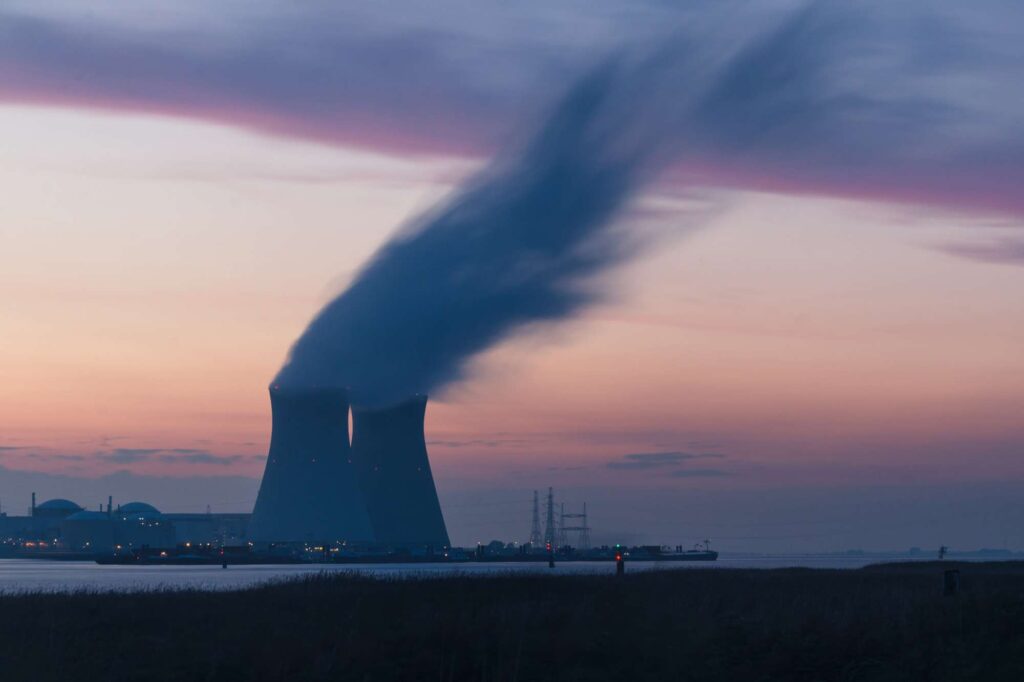
Nuclear power stations can be dangerous if they are badly operated or located in the wrong places as illustrated by serious accidents at Chernobyl and Fukushima. But in comparison to any other major form of energy production nuclear power is by far the safest, and it produces no greenhouse gasses. It’s interesting to learn that many of the environmentalists who once railed against nuclear are now devotees. (If you have a moment go to YouTube and listen to some of Michael Shellenberger’s presentations, they will explain the thinking, much better than I can.)
Today, there are around 440 nuclear reactors located in some 30 countries around the world. In some places they produce a significant proportion of all electricity generated. In France, for example, 70-75% of electricity is produced by nuclear power. In the UK, we have seven nuclear reactors, which produce 20% of our electricity requirements but are coming to the end of their lives. Six are due to be decommissioned by 2030 and the seventh by 2035. There is currently no plan to replace them, which makes no sense at all.
On the positive side, the UK GOV is recommending the construction of some 16 modular nuclear reactors in various parts of the country, to be built by Rolls-Royce. This is a new, world-leading concept that could make nuclear energy much more accessible in areas where large amounts of energy are required, such as industrial hubs. These units produce around one sixth of the energy of a large nuclear power station. The expectation is that they will be up and running within 10 to 15 years, and will be a more efficient and cost-effective way of using nuclear energy. However, they only produce one sixth of the energy of a traditional nuclear power plant, and there is still a need for urgent investment in both modular and conventional stations.
One of the other issues with nuclear power is the waste it produces. But all the waste produced by the creation of nuclear energy is contained, rather than emitted into the atmosphere. It can then be dealt with – although there is some debate around how this is best managed.
Interestingly, a process is being pioneered to use spent radio isotopic material in specialised batteries. These could be used in anything from charging posts for electric vehicles to full-sized power plants for cities. They can even be used to balance the grid when renewable energy dips, and it’s an Anglo-Australian company called Infinite Power that is leading the way. The technology already exists and was launched into space by NASA in 2019 where it is expected to provide power for a space probe for hundreds of years. It’s just one example of technology coming up with answers to what previously seemed to some as insurmountable problems.
One final point, nuclear power production is totally carbon free, but the process of mining uranium and building the reactors is extremely energy intensive – and that does produce CO2 emissions. However, as the world moves towards an energy system that does not emit greenhouse gases, that will change.
Hydrogen is produced by splitting water into oxygen and hydrogen, but the process is rather energy intensive. Hydrogen is classified as “grey” if it is produced using fossil fuels that cause carbon emissions, “blue” if those emissions are captured or offset, and “green” if it is generated by renewable or nuclear energy with no carbon emissions. “Green” hydrogen can also act as a clean energy storage option for excess electricity from intermittent renewable power generation, such as wind and solar.
If you are going to replace a fossil-burning fuel with hydrogen, you need to use a renewable source that produces blue, or preferably green, hydrogen – otherwise the process is pointless.
At the moment, most hydrogen produced is grey hydrogen, with no savings in emissions; quite the opposite, in fact. But if, for example, nuclear energy is significantly scaled up so hydrogen production could be made through sustainable energy, then hydrogen would be useful in certain forms of propulsion, such as air travel, with a new generation of specially-designed aircraft. And shipping could benefit quickly too, assuming that most vessels could be retrofitted without too much hassle.
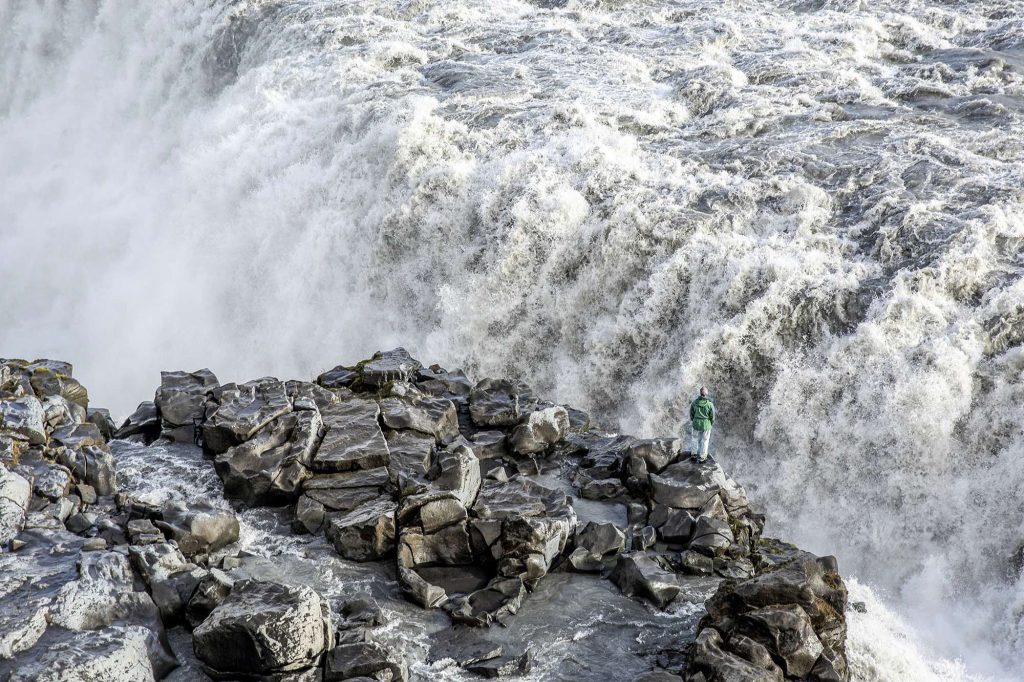

Biofuel is a catch-all term for a number of processes and is referred to in the airline world as SAF (Sustainable Aviation Fuels). Biofuels are the result of refining plant material or general waste substances into an oil substitute, which can then be used as a replacement for fossil fuels, or mixed with them. Some processes are said to cut CO2 emissions by up to 80%. In the case of SAF, the maximum mix possible between biofuels and kerosene is 50%. But the devil is the detail…
Some biofuels have a negative overall environmental impact. For example, if crops are grown specifically for the manufacture of biofuels they are taking land that could be used to grow food crops, or left in its natural state to absorb CO2 and support the natural biosphere. This is sometimes referred to as ‘grey’ biofuel. Even processes using the by-product of plant materials can be somewhat suspect. For example, large areas of tropical rainforest have been cleared and replaced with palm trees, causing enormous environmental damage. If the material that is surplus to the manufacture of palm oil is used to make biofuels, it helps to greenwash palm oil production. There is also a question of whether biofuel materials are available in large and regular enough quantities to make the process truly viable, and also how much fossil based energy is used in the process of bringing the fuel to the end user.

Nevertheless, one process that definitely does look as if it has a future is the production of biofuel from general waste material, such as non-recyclable household and industrial waste.
A £600m factory is to be opened in the UK shortly that will use a proven waste-to-fuel process, already in use by a US company called Fulcrum at its pioneering facility outside of Reno, Nevada. Fulcrum will construct, own and operate the new plant in Ellesmere Port, on Merseyside – its first outside the United States. And it is expected to produce 100m litres of SAF annually. It will also pump the SAF to UK airports through the existing Manchester Jet Line and the UK Oil Pipeline networks, cutting emissions from the transport of biofuels. The plant will also use the heat from the process to produce electricity, which in turn will be used in the manufacturing process – providing further efficiencies. If the plant could also use Carbon Capture to prevent emissions escaping into the atmosphere it would be even more environmentally sound.
Using waste that would otherwise go to landfill, or be burnt, obviously provides enormous benefits. It also raises the intriguing possibility of mining the vast number of landfill sites scattered across the planet, which would provide material for waste-to-energy plants as well as recycling centres for centuries to come.
We can reduce our carbon footprint by investing in processes that lead to a reduction in carbon emissions. In this way, we can offset emissions that we create through our own actions. It’s a pragmatic solution for those activities that can’t be changed into a low or zero emission model. And there are those who say this system is necessary during the long transition to carbon zero.
However, there are many different forms of offset, some of which are not providing the benefits claimed. For example, planting a tree, or paying someone else to do it, is a very simple and emotive way of showing our love for the planet but, in order for the tree to maximise the carbon capture claimed, it will need to be the right tree planted in the right place, and it will need a little nurture during its early life at least. There is evidence that this does not always happen, and the end result is a reduced benefit to the planet.
At Discover the World we encourage our clients to support the work of the World Land Trust an organisation that does immense good across the planet protecting wild places. They provide a ‘carbon calculator’ to assist with offsetting your carbon footprint.


Airlines are in a very difficult financial situation after the pandemic, and it is likely that politicians won’t want to burden them with too many new environmental restrictions. We need to understand that, and not push too hard for change until some semblance of normality returns to the market.
It is also true that before the pandemic, aircraft emissions contributed a relatively small amount to overall climate change: 2.5% of the world’s CO2 emissions (2018); 1.9% of greenhouse gasses (2018) and 3.5% of effective radiative forcing – a closer measure of its impact on warming (2016)– [FT January 2021]. Many may be surprised at how relatively small these percentages are, as the hype would suggest it’s far more. And, for comparison, total energy production produces 70% of the world’s greenhouse gases.
Even so, predictions have shown that, if left unfettered, the airline industry could be a much larger contributor to emissions in the future. And the use of percentages slightly obscure the real situation. Aviation emissions have doubled since the mid-1980s – but air travel’s share of global emissions has continued at a relatively stable level of around 2%-2.5%, even though air travel has increased exponentially. That’s partly because they have the same size slice of a much bigger pie: emissions from all sources have increased over that period. Still, to give them some credit, aircraft and engine manufacturers have continued to make improvements to aircraft fuel efficiencies.
During the pandemic it is estimated that world greenhouse gas emissions dropped by around 5%. Bill Gates points out that “this small decline is proof that we cannot get to zero emissions simply – or even mostly – by flying and driving less”.
Having said that, we still need to encourage governments to tackle some of the airline industry’s worst excesses, especially with the COP26 conference coming soon. We need to use COP26 to push for change in the near future.
An incentive scheme should be introduced to reward best practice. Airlines should be rewarded for investing in new, more fuel-efficient equipment, environmentally sound SAF and sustainable offset schemes.
At the same time, airlines must abandon wasteful practices like ‘hub and spoke’ systems in which airlines create major hubs, and encourage feeder traffic into these from smaller airports. The most fuel-hungry parts of any flight are the take offs and landings. Hub and spoke creates one additional landing and one additional take off in each direction – which is tremendously wasteful. Try and find a direct flight if at all possible. It may be more expensive but it will certainly be more relaxing and you will have a better chance of arriving at the same time as your baggage. It’s also important to try and use surface transport for shorter trips, where viable. France and Germany have recently announced they will be stopping most domestic flights in the near future, and no doubt other nations will follow.
Airlines also need to reflect the true cost of travel in their fares, perhaps rewarding their passengers with rebates if the load factors are higher than expected, rather than offering fares that are below cost.
Governments must tax airline fuels in the same way they would with any other transport but take away the necessity for airlines to fly uneconomic flights just to maintain their right to fly into busy airports. Finally, a holistic approach to air travel, as part of a smart transport system is also crucial. (Finger, M. and Audouin, M. [2019] The Governance of smart transport systems)

Passengers often have to go out of their way to reach their end destinations because the transport system is not integrated, and that is a great waste of natural resources.
If all public air, sea, rail and road transport worked together in an holistic system that provided the most efficient and environmentally sound transport options for each stage, an enormous amount of needlessly spent emissions would be saved. A scaled down version of this system already works in some parts of the world, but by the smart use of data and technology we could easily integrate most transport schedules to allow seamless journeys, with potential delays automatically dealt with by computerised rerouting. It is within our power to put such a system in place reasonably quickly – again, all we need to do is get the buy-in from all the players. Air Travel would benefit in that it would only be offered where it was a realistic option and that would mean an increase in travel between smaller hubs in a ‘point to point’ system, and a reduction in traffic from major hubs.

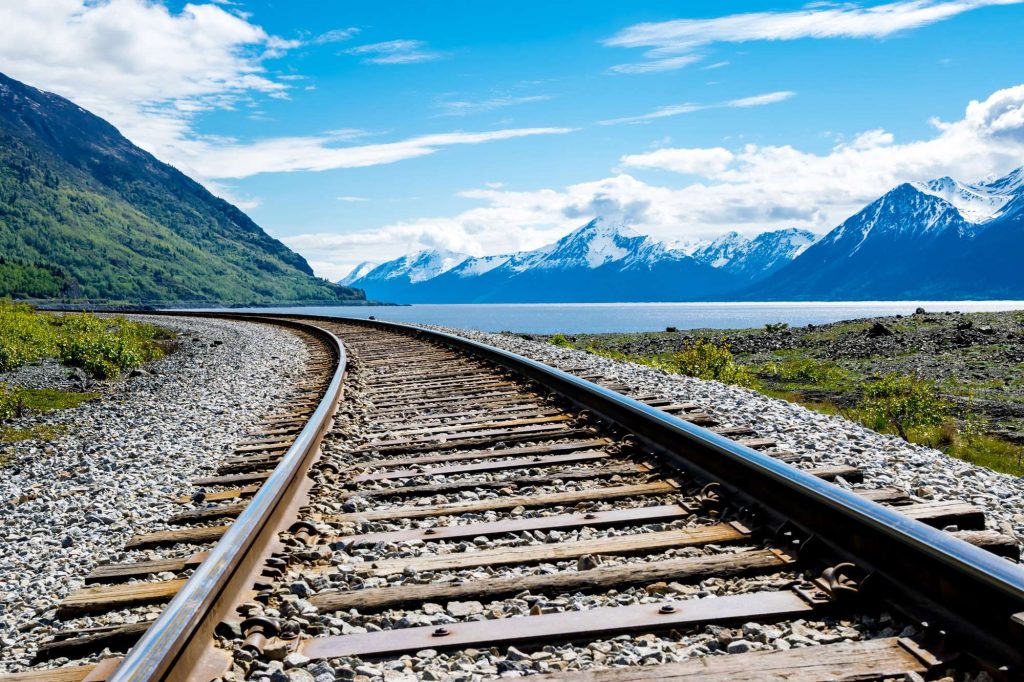
Of course, Sustainable Tourism is much more than addressing the reduction of emissions we expel, it is also about how we all conduct ourselves in order to preserve our planet, its wildlife, the diverse cultures and much, much more.
At the same time we must be mindful of the tremendous benefit travel provides to the well being of the human race. It broadens the mind, refreshes the spirit and at in its purest form brings the best out in all of us. It has also brought millions out of poverty across the planet and countless friendships have been struck up across borders. In short, travel broadens the mind and counters isolationism and intolerance.
The latest series from David Attenborough, “A Perfect Planet”, reveals that mankind is at present using the equivalent of one and a half times the resources of the world – a reference to the fact that we are mining and consuming carbon based materials captured and stored over millions of years. That’s what is causing the Climate Change crisis.
At Discover the World we try and operate our trips in a responsible, and pragmatic way, which where possible is soft on the environment. But the challenges of Climate Change mean that we also need to address the thorny question of how can we justify the large carbon footprint flying creates.
Based on the fact that there seems to be no viable alternative coming anytime soon to mitigate the pollution caused by air travel, here are some of the initiatives we ask you to consider.
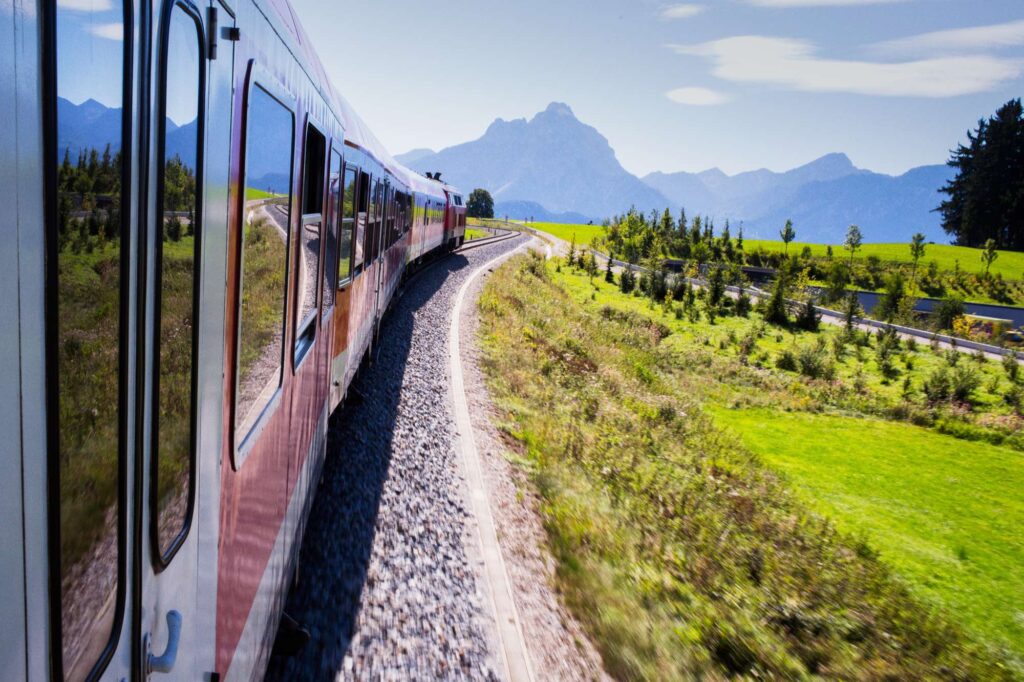
We don’t pretend to be getting everything right, but we do have a serious intention to continue to operate our holidays in ways that enable our valued customers to travel with a clear conscience. If you ever feel we are failing in this respect, I would like to hear from you, initially by email at clive@discover-the-world.co.uk.
Safe Travels!
Clive Stacey

